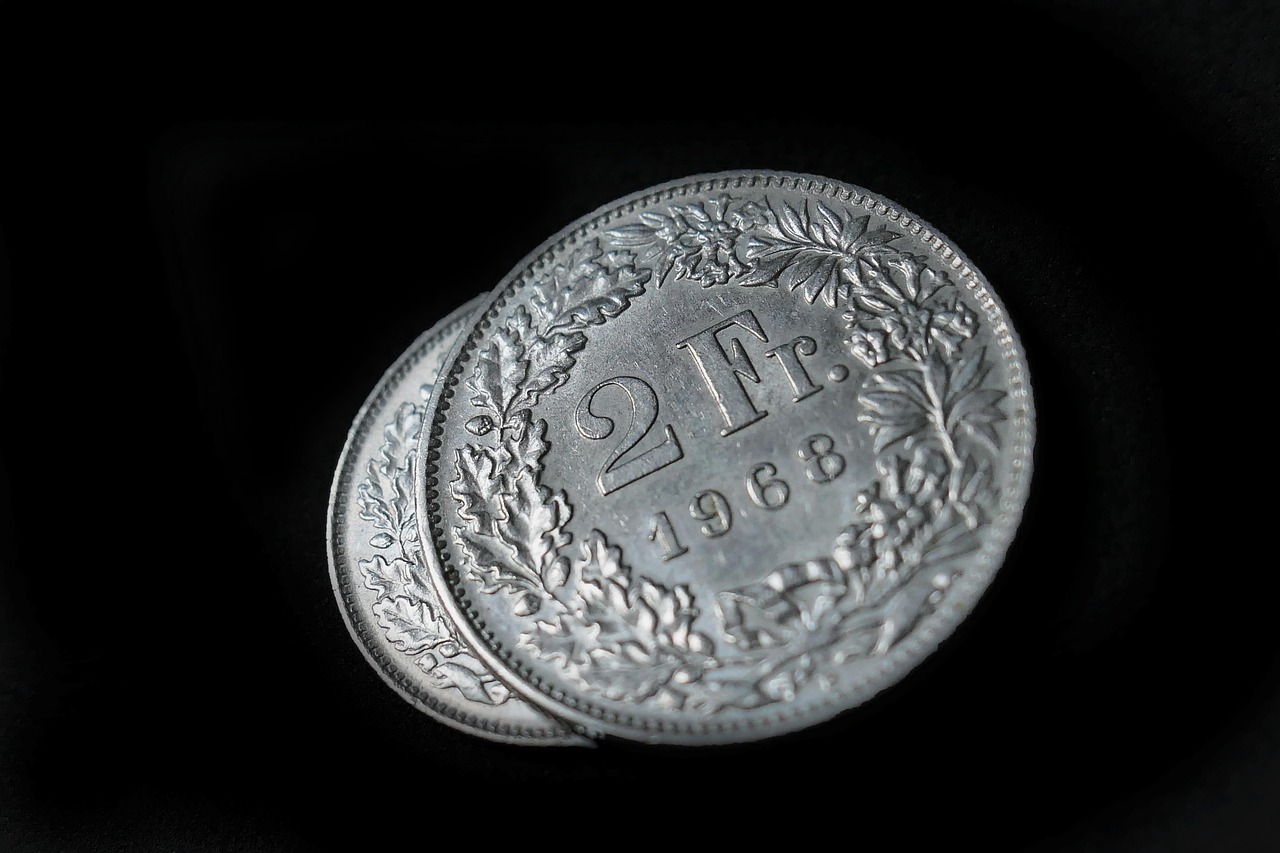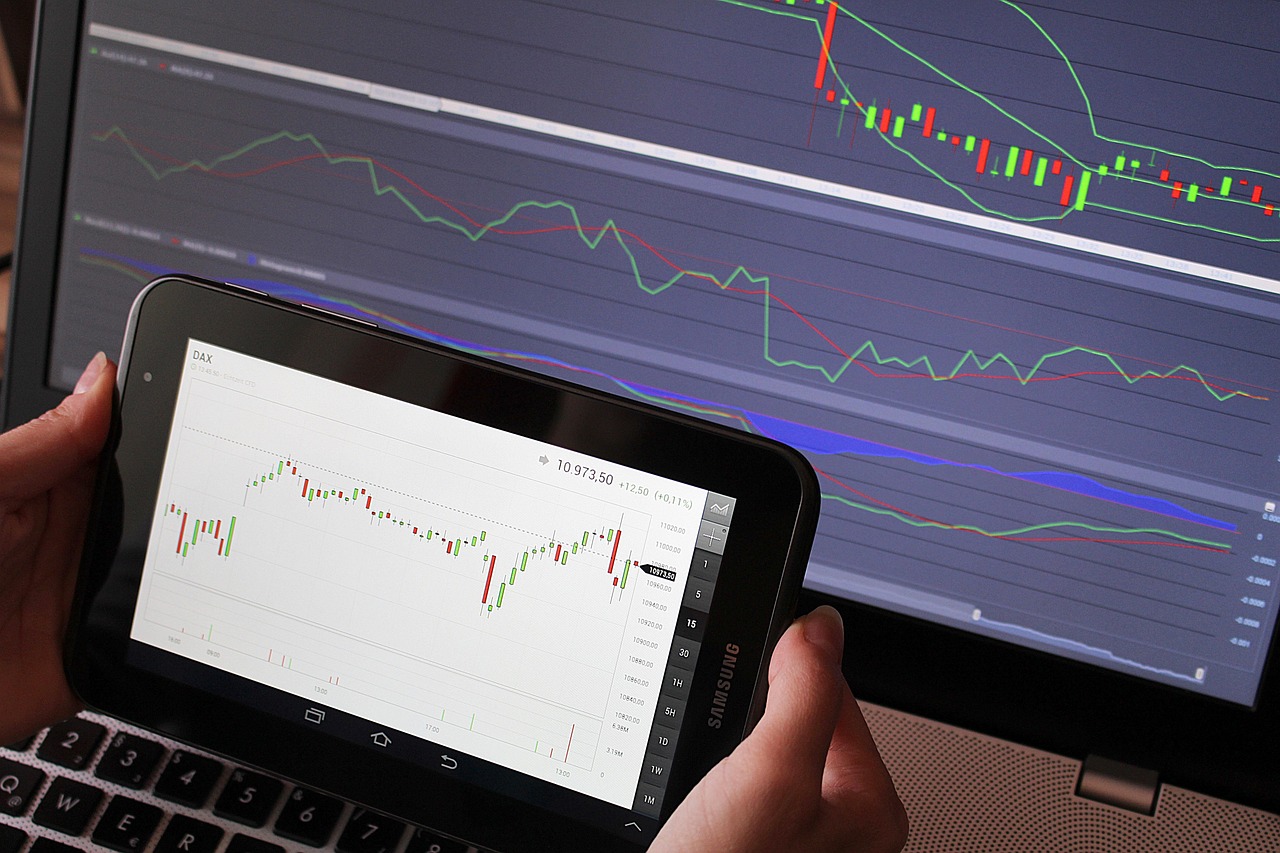
Quick Take:
The yield on the 10-year note ended September 19, 2025 at 4.14%. Meanwhile the 2-year note ended at 3.57% and the 30-year note ended at 4.75%. The chart below overlays the daily performance of several Treasury bonds, starting from the pre-recession equity market peaks, along with the Federal Funds Rate (FFR) since 2007. This next […]
The post Treasury Yields Snapshot: September 19, 2025 appeared first on ETF Trends.
- Date: 2025-09-19 21:23:20
Analyst Notes
Yield movements in bond markets directly impact the performance of bond ETFs. When yields rise, bond prices typically fall, affecting ETFs that hold Treasuries, investment-grade (IG), or high-yield (HY) bonds. Duration measures a bond’s sensitivity to interest rate changes; longer-duration ETFs are more vulnerable to yield increases. For instance, a Treasury ETF with a longer duration will experience greater price declines than a shorter-duration IG ETF when rates rise.
Credit risk is another critical factor, particularly for HY ETFs, which are more susceptible to economic downturns and default risks. As credit spreads widen, these ETFs may underperform compared to their IG counterparts. Additionally, shifts in the yield curve—where short-term rates rise faster than long-term rates or vice versa—can influence the relative attractiveness of different bond segments.
For conservative ETF portfolios, consider maintaining a balanced exposure to both Treasuries and IG bonds to mitigate interest rate and credit risks. Additionally, incorporating shorter-duration ETFs can help reduce sensitivity to yield fluctuations, providing a buffer against potential price declines in a rising rate environment.
Original article:
Read on the original source
Disclaimer: The information is for educational purposes only and does not constitute financial advice or an offer to buy/sell any security. Investing involves risk, including possible loss of principal.




